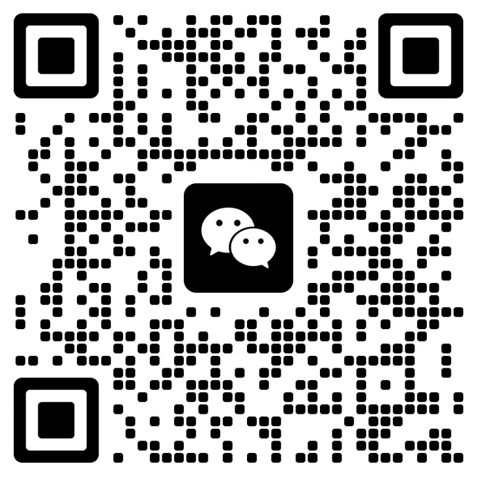Why does my car pull to the left after wheel alignment?
If you’ve recently had a wheel alignment done on your vehicle and find yourself wondering why your car is still pulling to the left, you’re not alone. Many car owners have experienced this issue, and it can be both frustrating and potentially dangerous. In this article, we’ll delve into the various reasons behind this phenomenon and explore solutions to get your vehicle back on the straight and narrow.
I. Understanding Wheel Alignment
Before we dive into the reasons behind your car pulling to the left, it’s essential to grasp the basics of wheel alignment. Wheel alignment refers to the adjustment of your vehicle’s suspension components, which ensures that the wheels are properly aligned with each other and the road. Proper alignment is crucial for optimal tire wear, fuel efficiency, and, most importantly, your safety on the road.
II. Common Causes of Leftward Pull After Wheel Alignment
1. Uneven Tire Pressure
One of the most common reasons for a leftward pull is uneven tire pressure. If the pressure in one of your tires is significantly lower than the others, it can cause your vehicle to veer in that direction.
2. Tire Tread Wear
Uneven tire tread wear can also lead to a leftward pull. If your tires have uneven wear patterns, it can cause your vehicle to steer to one side.
3. Suspension Issues
Issues with your vehicle’s suspension components, such as worn-out shocks or struts, can affect wheel alignment. A damaged suspension can lead to an imbalance in the alignment, causing your car to pull to the left.
4. Misaligned Steering Wheel
Sometimes, the problem lies in the alignment of the steering wheel itself. If the steering wheel isn’t centered correctly, it can give the perception that your car is pulling to one side.
5. Caster Misalignment
Caster misalignment occurs when the front wheels are not positioned correctly. This can cause your car to drift to the left or right.
6. Camber Misalignment
Camber misalignment pertains to the vertical tilt of the wheels. If the camber angle is off, it can result in a leftward pull.
7. Toe Misalignment
Toe misalignment is when the front or rear wheels are not parallel to each other. This can lead to instability and a pulling sensation.
8. Uneven Brake Wear
Uneven brake pad wear can cause your car to pull to one side when braking. This issue can be related to alignment problems.
9. Tire Size Discrepancy
Using tires of different sizes or types on your vehicle can result in uneven traction and alignment problems, leading to pulling to the left.
10. Wheel Bearing Issues
Faulty wheel bearings can cause friction and misalignment, making your car veer to the left.
III. How to Resolve the Leftward Pull
1. Check Tire Pressure
Start by ensuring that all your tires have the correct tire pressure, as specified in your vehicle’s owner’s manual.
2. Rotate and Balance Tires
Rotate and balance your tires regularly to ensure even tread wear and alignment stability.
3. Inspect Suspension Components
Have a professional mechanic inspect your vehicle’s suspension components for wear and tear. Replace any damaged parts.
4. Realign the Steering Wheel
Realign the steering wheel to ensure it is centered correctly.
5. Professional Wheel Alignment
Consider getting a professional wheel alignment done by a certified technician if the issue persists. They can accurately adjust the alignment angles to rectify the problem.
Conclusion
A car pulling to the left after a wheel alignment can be caused by various factors, from tire pressure to suspension issues. It’s essential to diagnose and address the root cause promptly to maintain safe and smooth driving. Regular maintenance and professional alignment services are key to ensuring your vehicle stays on the right track.
FAQs
1. Can I drive my car if it pulls to the left?
While you can still drive your car if it pulls to the left, it’s not recommended, as it can lead to uneven tire wear and decreased safety. Address the issue as soon as possible.
2. How often should I get a wheel alignment?
It’s advisable to get a wheel alignment check at least once a year or whenever you notice steering issues or uneven tire wear.
3. Can a DIY wheel alignment fix the problem?
DIY wheel alignment is not recommended, as it requires specialized equipment and expertise. It’s best to leave it to professional technicians.
4. What is the cost of a professional wheel alignment?
The cost of a professional wheel alignment can vary depending on your location and the type of vehicle. It typically ranges from $50 to $100.
5. Is wheel alignment covered by vehicle warranties?
Some vehicle warranties may cover wheel alignment as part of routine maintenance. Check your warranty documentation for details.
Describe Your Needs In Detail!
We will carefully evaluate your needs and give professional solutions.


